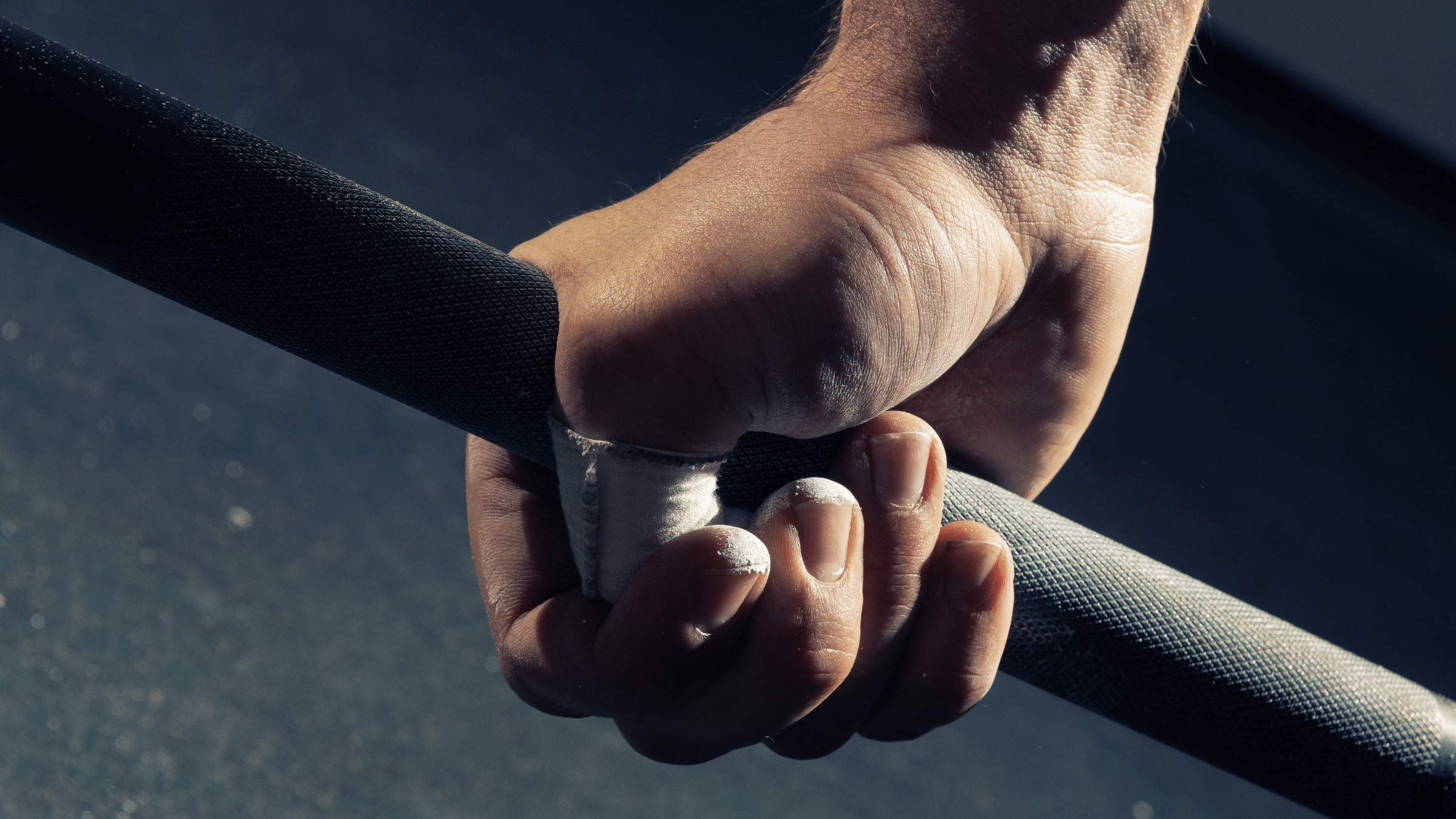Before we get into this post, I want to let you know about our giant How to Squat guide. It covers everything you need to know about every aspect of the squat – from biomechanics to correcting weaknesses to technique. Click here to open it in a new tab so you can check it out after you’ve finished reading this article.
This will probably sound heretical to some, but I don’t always squat to parallel, and I think that’s a good thing.
Most people are taught that they’re supposed to squat one particular way, and so by George, that’s how they squat. Regardless of whether that way is high bar, low bar, PL-style, OL-style, or anything else, one of the universals is that you ALWAYS must break parallel. In several of my videos, I’ve had people get onto me about cutting my squats high in training. However, I think their insistence about depth is based on faulty assumptions.
Now, before we proceed, I do realize the full squat is the safest for the knees, with increased hamstring activation countering anterior translation of the tibia (it reduces the stress on your knees). However, I’m talking about LIMITED use of above-parallel squats aimed at a certain application.
I got the idea by watching videos of Ilya Ilin front squatting, in which he cut his front squats above parallel, which is almost unheard of for a weightlifter, since weightlifters require so must strength in the hole to stand up from a heavy clean. I did some searching, and found an article talking about how he started cutting his squats high because he used to have a problem standing up under heavy cleans, stalling and failing just above parallel. In effect, he was actively reversing the lift at the sticking point, making the hardest part of the lift even harder on himself. This was confirmed by Donny Shankle when I met him this summer.
[youtube=http://www.youtube.com/watch?v=GP37upPQjcM]
Oh yeah, he throws about 530 pounds over his head (he competes at 207) like it’s no big deal. Ridiculous.
So I figured it was worth a try for me as well. When I miss a squat, it’s not in the hole. Because of how many paused squats I program into my training, I can always move the weight the first few inches, but just above parallel, I stall. I started doing many of my rep maxes above parallel, cutting them off just below my sticking point so I’d have to grind through it rather than relying on the speed I can build out of the bottom. The experiment has payed off in spades, and my rep maxes still track very well with my 1rm squat. If anything, projections based off of my rep maxes actually predict my max lower now than they used to. Every indication was that, leading up to my August 2012 meet, I’d be good for about a 660 squat. Based on how 650 moved, I’d say the predictions hit the nail on the head. Leading up to my May 2013 meet, my rep maxes were predicting a 740 squat, but 750 went up with ease. Rather than making it easier, as it would for most lifters, cutting squats high actually make them considerably harder for me.
Would I recommend this approach to everyone? Not at all. Most people tend to miss at or below parallel. However, I am saying that, for this particular training application, high squats have worked much better than deep squats for me.
Like anything else, it’s a matter of basing your training around your needs. If you’re a weightlifter, odds are you are NOT Ilya Ilin, and you need to drop your squats to the floor to help with recovering heavy cleans. If you’re a powerlifter, odds are you’ll benefit most for breaking depth every rep, every session so you’ll be ready when you go to a meet. If you have some mobility restrictions and you have to cave your knees in, severely round your lumbar spine, or perform some other sort of major form aberration that decreases your safety to break parallel, then by all means squat high until your mobility improves! All I’m saying is I’d be loath to categorize squats above parallel as “bad.” They’re a tool, just like every other exercise, training plan, set/rep scheme, etc. are tools that can be applied properly or misapplied.



